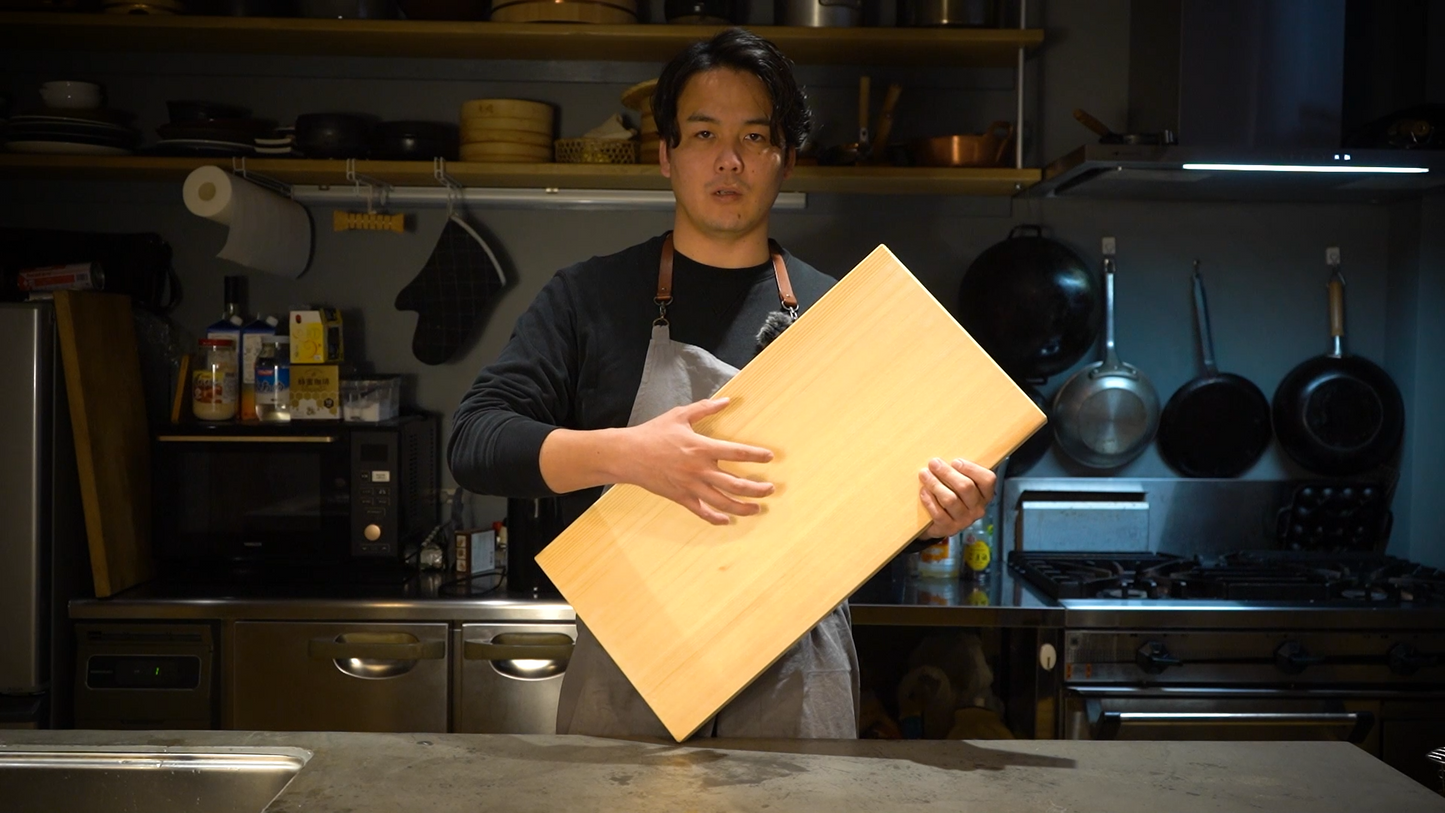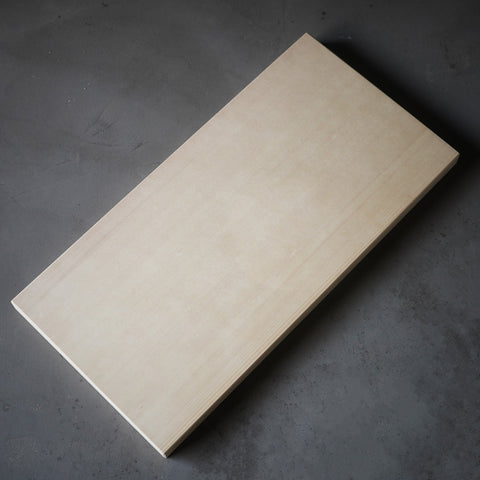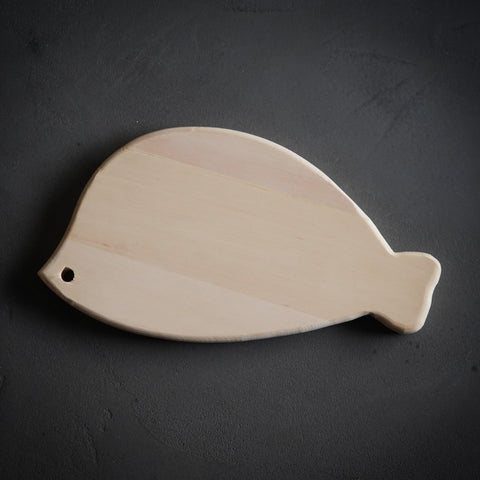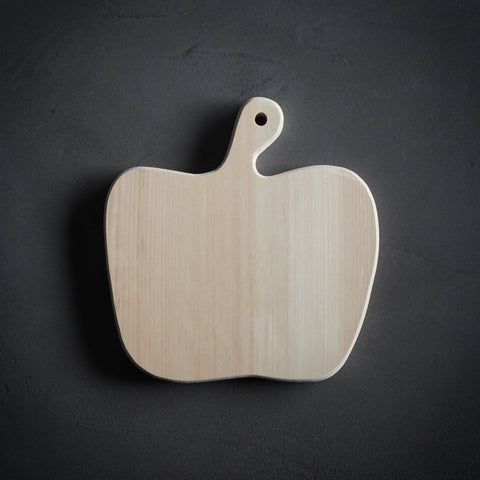
When cooking, one of the essential items is the cutting board.
Among them, wooden cutting boards have a warm feel and develop a unique character the more you use them.
This time, we will introduce you to the types of wooden cutting boards, how to use them, and how to care for them!
The pros and cons of wooden cutting boards
First, let's talk about the benefits of wooden cutting boards.
[Advantages of wooden cutting boards]
・The blade is smooth and the knife does not lose its sharpness easily. ・It does not put much strain on the hand.
There are other benefits, but these two are the biggest ones.
This is also why I use a wooden cutting board.
Also, regardless of the material of the cutting board, the surface will gradually wear down with prolonged use.
Among them, plastic cutting boards are
Many people may be concerned about the scraped parts.
If you are concerned about microplastics,
We recommend a cutting board made from natural wood.
Disadvantages of wooden cutting boards:
・Mold grows easily. ・Vulnerable to sudden drying, and the cutting board may warp or crack.
To be honest, wooden cutting boards can require some effort to maintain and store.
If you neglect maintenance, the disadvantages mentioned above will occur.
But still! As you continue to use it, it becomes more familiar to your hand.
It is also a material that allows you to truly appreciate its value as a tool.
If you use it carefully, you can use it for a long time.
I think this is the unique charm of a wooden cutting board.
Here we will introduce you to different types of trees and how to care for them.
If you want to know more about wooden cutting boards, please take a look!
Types of wooden cutting boards
There are several types of wooden cutting boards, each with their own characteristics.
First, you need to know the difference between "straight grain" and "flat grain."

・Straight grain
The fibers run perpendicular to the tree rings, giving it a smooth texture. It is gentle on knives and does not crack easily, making it perfect for those who want to use it for a long time.
・Flat grain
The grain runs tangential to the tree's annual rings, creating a visually dynamic pattern.
While the texture becomes more attractive with use, flat-grained wood is generally more prone to warping and cracking than straight-grained (quarter-sawn) wood, so proper care is needed.
With this in mind, let's take a look at some popular woods.
Popular woods and recommended types of wood
The wood used for wooden cutting boards includes:
There are many varieties, including Japanese cypress, ginkgo, cypress, and willow.
There are so many types that some people may be wondering which one to choose.
Of course, each type has its merits,
If this is your first time purchasing a wooden cutting board,
I recommend cypress and spruce cutting boards!
The reason is that it is relatively inexpensive, lightweight and easy to handle.
Wooden cutting boards can be luxurious, depending on the type of wood.
Also, straight grain wood tends to be more expensive because it lasts longer than flat grain wood.
However, cypress and spruce are inexpensive and easy to obtain, even in straight grain.
I recommend these as your first purchase!
By the way, the cutting board I use is also made of spruce.
Personally, I think it's easy to use and doesn't have a strong wood smell.
How to use a wooden cutting board
When using a wooden cutting board, there are a few things to keep in mind.
With a little ingenuity, you can extend the life of your cutting board.
・Prepare before use
When you use the cutting board, first wet the entire board with water. This will help prevent food odors and stains from sticking to it.
・Once you've finished wetting it, lightly wipe the surface.
・Be careful how you cut . Hold the knife perpendicular to the cutting board.
Also, do not use the knife to press down on the food.
The trick to avoid damaging a wooden cutting board is to cut with light pressure.
How to care for a wooden cutting board
To make your wooden cutting board last longer,
It’s important to take good care of it.
Follow these tips to keep your cutting board looking beautiful forever:
・It's OK to wash with detergent! But don't use bleach!
Wooden cutting boards can be washed with detergent, but do not use bleach.
Do not use bleach as the ingredients in the bleach will seep into the wood. If you want to disinfect it, we recommend washing it with detergent and then pouring boiling water over it.
・Dry thoroughly after use <br data-start="1398" data-end="1401">After use, it is important to wash it lightly, wipe off any moisture, and dry it thoroughly. Leaving it wet can cause the wood to warp or crack.
・Things to note <br data-start="1469" data-end="1472">It is important to store wooden cutting boards away from direct sunlight and hot, humid places.
Also, since it is sensitive to sudden drying, store it in a place away from direct exposure to air conditioning.
summary
Wooden cutting boards are items that improve in quality the more you use them, making cooking even more enjoyable. If you take good care of them, you can use them for a long time, so please take good care of them!















